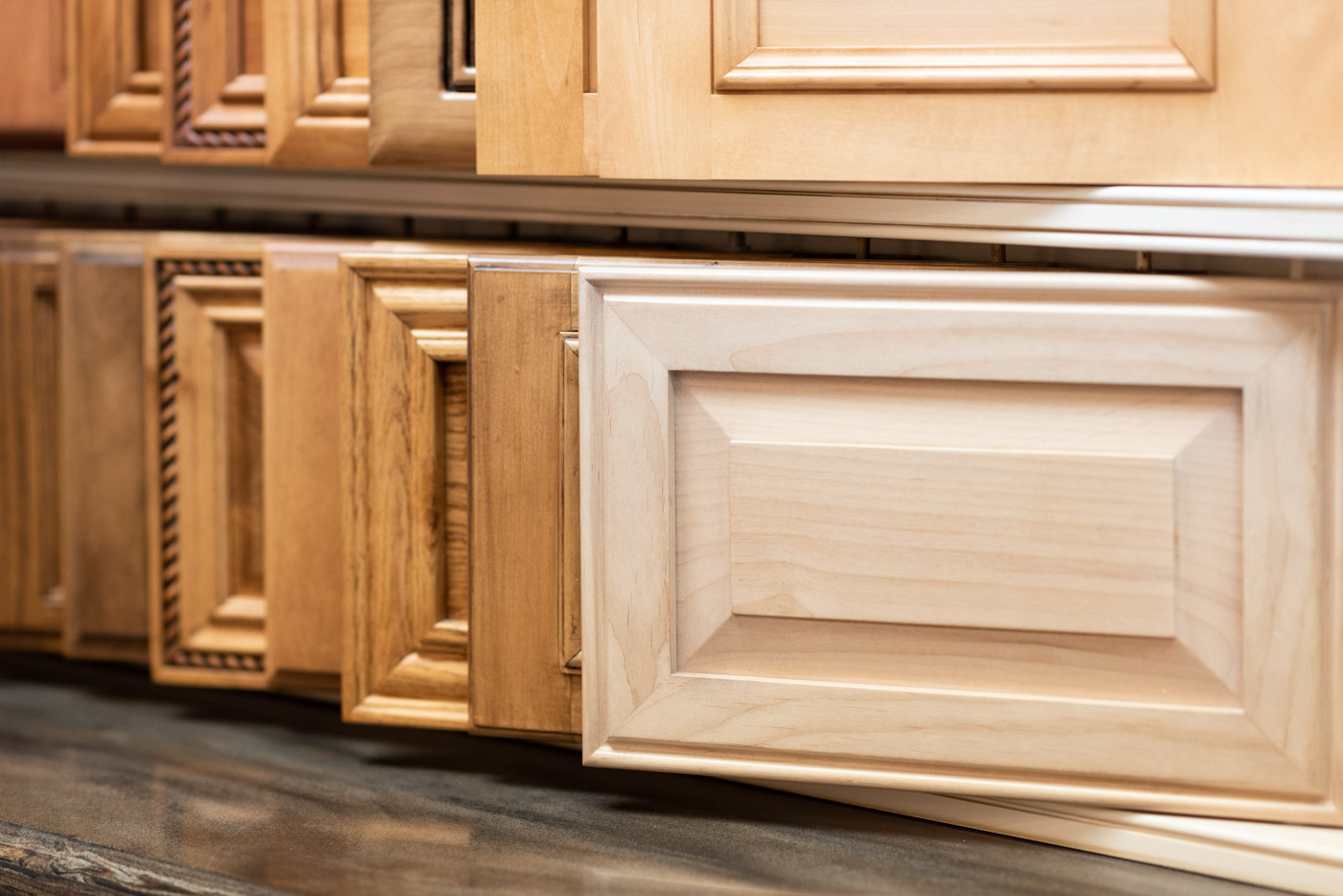Martha Stewart Living Cabinet Door Styles & Design Inspiration: Martha Stewart Living Cabinet Doors
Martha Stewart Living’s approach to kitchen design emphasizes timeless elegance and enduring quality, reflected perfectly in their extensive range of cabinet door styles. These designs aren’t fleeting trends; they are carefully considered choices that blend classic aesthetics with modern functionality, resulting in kitchens that feel both inviting and sophisticated. The focus is on creating spaces that are as practical as they are beautiful, seamlessly integrating form and function.
Martha stewart living cabinet doors – The aesthetic is rooted in a balanced blend of traditional craftsmanship and contemporary sensibilities. This is evident in the meticulous attention to detail found in every aspect of the design, from the selection of materials to the careful placement of hardware. The overall effect is a sophisticated and cohesive look that enhances the entire kitchen space.
Cabinet Door Styles, Materials, and Finishes, Martha stewart living cabinet doors
Martha Stewart Living offers a diverse collection of cabinet door styles, each catering to a different design preference. Materials range from the warmth of solid wood, such as cherry or maple, to the sleekness of painted finishes on MDF (medium-density fiberboard). Finishes vary from smooth, high-gloss lacquers to distressed, hand-rubbed effects that add character and depth. Hardware choices, such as knobs and pulls, are equally varied, with options ranging from simple and understated to more ornate and decorative pieces, often in brushed nickel, polished brass, or oil-rubbed bronze.
Design Principles in Martha Stewart Living Cabinetry
The design principles guiding Martha Stewart Living’s cabinet designs center on creating visual harmony and balance. Proportion plays a crucial role; cabinet sizes are carefully considered in relation to the overall kitchen dimensions, ensuring a sense of scale and preventing overwhelming or cramped spaces. Symmetry is often employed, particularly in more traditional designs, creating a sense of order and visual stability. However, asymmetry can also be effectively used to add visual interest and break up monotony. Visual balance is achieved through a thoughtful arrangement of elements – the weight of darker cabinets might be balanced by lighter countertops or backsplashes. The overall effect is a well-proportioned and aesthetically pleasing space.
Comparison of Martha Stewart Living Cabinet Door Styles
| Style Name | Material | Finish | Suitable Room Style |
|---|---|---|---|
| Shaker | Solid Maple | Natural | Traditional, Transitional, Farmhouse |
| Raised Panel | Painted MDF | High-Gloss White | Traditional, Contemporary |
| Slab | Solid Cherry | Stained Dark Walnut | Modern, Contemporary |
| Beaded Inset | Painted MDF | Distressed Cream | Traditional, Farmhouse, Cottage |
Detailed Descriptions of Three Cabinet Door Styles
The Shaker style, characterized by its simple, flat-panel design and recessed center panel, exudes understated elegance. The clean lines and minimalist aesthetic make it a versatile choice suitable for a wide range of kitchen styles, from traditional to contemporary. Its timeless appeal ensures it will remain stylish for years to come.
The raised-panel style, with its raised center panel, adds a touch of classic sophistication. The raised panel creates a sense of depth and dimension, adding visual interest to the cabinet doors. This style works particularly well in traditional or transitional kitchens, complementing more ornate hardware and countertops.
The slab door style, featuring a completely flat surface, offers a clean, modern aesthetic. This style is often paired with sleek, minimalist hardware and contemporary countertops, creating a sophisticated and uncluttered look. Its simplicity allows it to seamlessly integrate into modern and contemporary kitchens.

